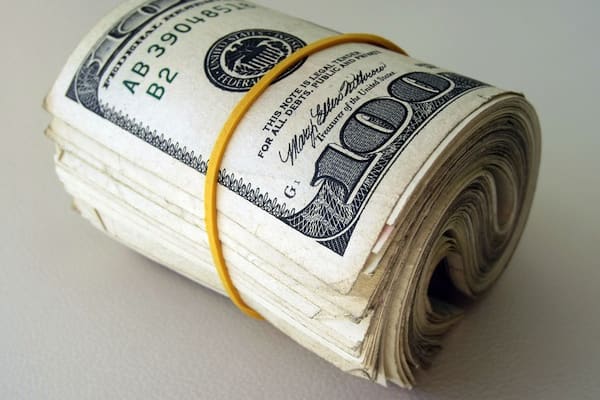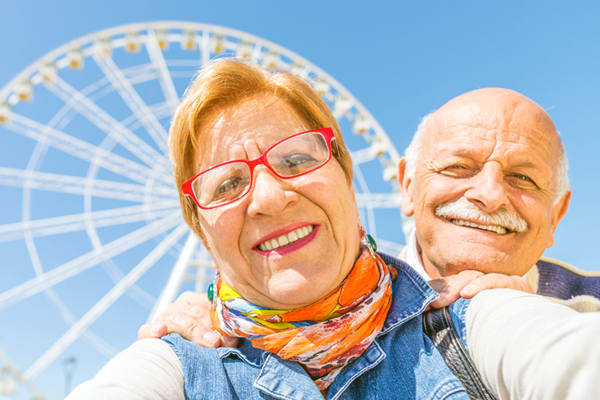The pull of festivals, and why they can make or break a marketer’s year
TNN | Oct 8, 2017, 07:15 IST
By Jitender Dabas
Did you know the Santa Claus we all know and love - that big, jolly man in the red suit with a white beard - didn't always look that way? The modern likeness of Santa as it has been consumed around the world was created by Haddon Sundblom, a Michigan-born illustrator who was commissioned by Coca-Cola to develop advertising images using Santa Claus.
The myth that Santa Claus is dressed in red because of the colour of the brand isn't exactly true, but this accepted popular image has been transmitted to the world through many Coca-Cola commercials.
Marketers love festivals and festivities, all over the world. And India is no different. Ask any marketer in the durables or auto industry and they would tell you the importance of festival sales in his life. The period from September to December dictates the fortunes of many industries in India.
So, what is it about festivals that marketers love so much?
In modern economies, the quest for a better job and life creates large populations of migrants who drift far away from their roots. Religious festivals, then, act as small cultural anchors as well as identity markers. They become 'ports' to reconnect with our roots. These occasions also act as a link between eras, when knowledge of rituals gets transferred from one generation to another.
And India is a country where everything is celebrated, from births and auspicious beginnings to propitious endings. Sowing, good harvests and seasons are celebrated, as are births of gods, goddesses and saints. No wonder we have more festivals, perhaps, than anywhere else in the world. They are happy breathers in the unending monotony of everyday life, and shared gatherings full of sound, colour (and taste).
But what is it about religious festivals that connects them to consumption? Are all festivals a wily capitalist invention?
Not exactly. In India, festivals and consumption are coupled because of two reasons. First, the country's economy has always been agrarian, and a lot of our major festivals, while positioned as religious, are actually post-harvest occasions — from Diwali to Pongal to Onam. And they arrive when farmers have the money and the grains to buy goods. Second, in a society that lives on the principle of restraint ('sada jeevan uch vichaar'), religion provides the sanctity and legitimacy to consume. Festivals give us the licence to spend money on ourselves without any guilt.
However, as life has changed, so has the way we celebrate our festivals. Long before malls would be festooned with decorations, there were the melas. Now, Diwali can almost be re-branded — from festival of lights to festival of 'Chinese lights'.
And we have outsourced most of the preparations. Sweets are readymade, lights just need to be switched on, and 'aarti' can be downloaded from YouTube. The latter is the new mother/mother-in-law, teaching us how to make besan ke ladoo or the perfect gujiya (in case you haven't outsourced it to Bikanervala). And Facebook has given celebrating another meaning altogether.
Meanwhile, condominium living has infused new life into community celebrations. It has led to a surge in interest in community festivals like Holi and Navratras (garba). Today, you don't celebrate with the neighbours, you get to know your neighbours at festivals. All this has created a welcome fusion of Indian traditions.
Modern living has also impacted the popularity of festivals. So, at one end, as Diwali becomes less attractive to kids, with the disappearance of crackers due to pollution and growing environmental consciousness, Halloween is gaining in popularity as children find it so much fun. I have observed Holi making a comeback in gated condominiums since it has again become safe to celebrate it.
Brands, therefore, aren't just telling us to buy more. They also look to festivals as an opportunity to connect with us emotionally. For them, these occasions are a wonderful opportunity to tell us great stories, to bond with us.
The author is chief strategy officer, McCann World Group
Did you know the Santa Claus we all know and love - that big, jolly man in the red suit with a white beard - didn't always look that way? The modern likeness of Santa as it has been consumed around the world was created by Haddon Sundblom, a Michigan-born illustrator who was commissioned by Coca-Cola to develop advertising images using Santa Claus.
The myth that Santa Claus is dressed in red because of the colour of the brand isn't exactly true, but this accepted popular image has been transmitted to the world through many Coca-Cola commercials.
Marketers love festivals and festivities, all over the world. And India is no different. Ask any marketer in the durables or auto industry and they would tell you the importance of festival sales in his life. The period from September to December dictates the fortunes of many industries in India.
So, what is it about festivals that marketers love so much?
In modern economies, the quest for a better job and life creates large populations of migrants who drift far away from their roots. Religious festivals, then, act as small cultural anchors as well as identity markers. They become 'ports' to reconnect with our roots. These occasions also act as a link between eras, when knowledge of rituals gets transferred from one generation to another.
And India is a country where everything is celebrated, from births and auspicious beginnings to propitious endings. Sowing, good harvests and seasons are celebrated, as are births of gods, goddesses and saints. No wonder we have more festivals, perhaps, than anywhere else in the world. They are happy breathers in the unending monotony of everyday life, and shared gatherings full of sound, colour (and taste).
But what is it about religious festivals that connects them to consumption? Are all festivals a wily capitalist invention?
Not exactly. In India, festivals and consumption are coupled because of two reasons. First, the country's economy has always been agrarian, and a lot of our major festivals, while positioned as religious, are actually post-harvest occasions — from Diwali to Pongal to Onam. And they arrive when farmers have the money and the grains to buy goods. Second, in a society that lives on the principle of restraint ('sada jeevan uch vichaar'), religion provides the sanctity and legitimacy to consume. Festivals give us the licence to spend money on ourselves without any guilt.
However, as life has changed, so has the way we celebrate our festivals. Long before malls would be festooned with decorations, there were the melas. Now, Diwali can almost be re-branded — from festival of lights to festival of 'Chinese lights'.
And we have outsourced most of the preparations. Sweets are readymade, lights just need to be switched on, and 'aarti' can be downloaded from YouTube. The latter is the new mother/mother-in-law, teaching us how to make besan ke ladoo or the perfect gujiya (in case you haven't outsourced it to Bikanervala). And Facebook has given celebrating another meaning altogether.
Meanwhile, condominium living has infused new life into community celebrations. It has led to a surge in interest in community festivals like Holi and Navratras (garba). Today, you don't celebrate with the neighbours, you get to know your neighbours at festivals. All this has created a welcome fusion of Indian traditions.
Modern living has also impacted the popularity of festivals. So, at one end, as Diwali becomes less attractive to kids, with the disappearance of crackers due to pollution and growing environmental consciousness, Halloween is gaining in popularity as children find it so much fun. I have observed Holi making a comeback in gated condominiums since it has again become safe to celebrate it.
Brands, therefore, aren't just telling us to buy more. They also look to festivals as an opportunity to connect with us emotionally. For them, these occasions are a wonderful opportunity to tell us great stories, to bond with us.
The author is chief strategy officer, McCann World Group
Get latest news & live updates on the go on your pc with News App. Download The Times of India news app for your device.
From around the web
More from The Times of India
From the Web
More From The Times of India

Look Younger By Becoming An "Exceptional Skin Ager"
Beverly Hills MD Skincare
Two Savings Accounts That Pay 10x What Your Bank Pays
MyFinance Bank Referrals
Report: ‘Fixing’ Hair Loss is Easier Than Most People ..
JuveTress
Here Are The Best Cell Phone Plans For Seniors
Yahoo Search
A 100% View Of The Business
Sage






































All Comments ()+^ Back to Top
Refrain from posting comments that are obscene, defamatory or inflammatory, and do not indulge in personal attacks, name calling or inciting hatred against any community. Help us delete comments that do not follow these guidelines by marking them offensive. Let's work together to keep the conversation civil.
HIDE